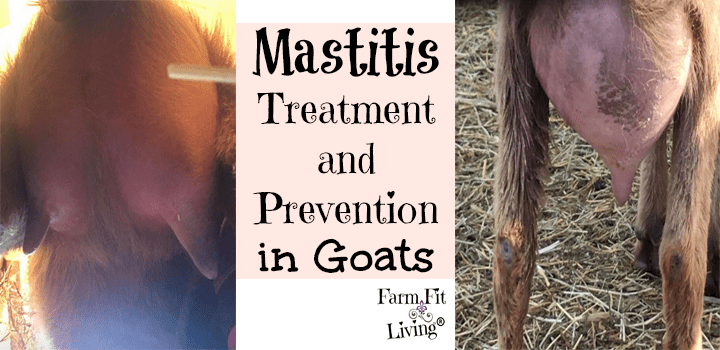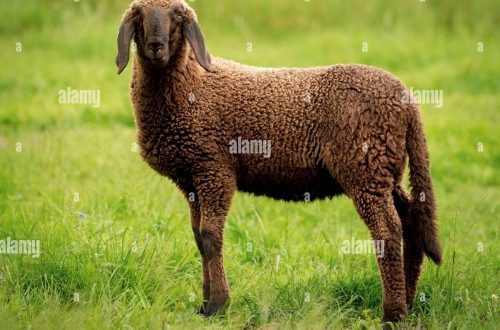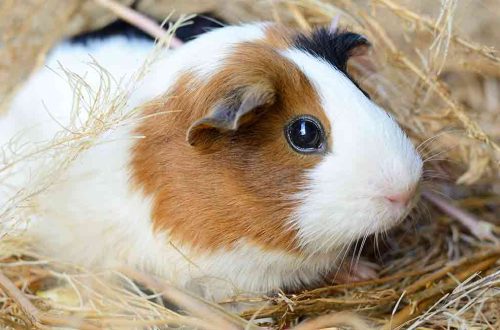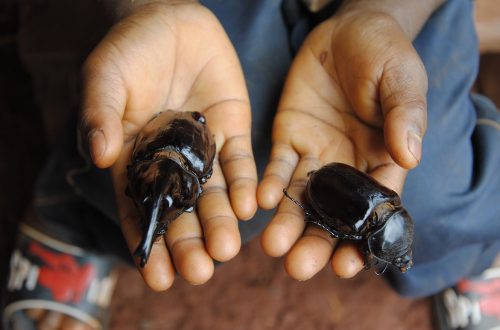
Signs of mastitis in a goat, causes and how to treat it
A goat is one of the most beloved and useful animals, which has been living in almost any peasant yard for a long time and up to our time. They say with gratitude about her that she feeds, heals and clothes. In difficult times, it happened that the goat became the true savior of the family.
goat nurse
Undemanding to the conditions of detention, the animal is characterized by rapid maturation and good fertility, providing a person with milk, meat, wool and skin. Goat meat practically does not differ in taste and nutritional value from lamb, high-quality mohair yarn is made from wool, unusually light and warm goat down products are highly valued. Goat skin after dressing acquires quality of the most expensive varieties, such as safyan, laika, chevro.
The beneficial properties of goat milk deserve special attention. Unlike cow, it is more saturated with useful components. For example, its constituent biologically active potassium compounds help to improve the functioning of the heart, strengthen blood vessels, and have a general rejuvenating effect. A complex of microelements, such as phosphorus, potassium, magnesium, iron, selenium, etc., helps to strengthen the immune system, increase tone, and prevent rickets at an early age.
An indispensable product is goat’s milk for people suffering from lactose intolerance, as it is much better absorbed than cow’s milk. According to the composition of proteins and fats, it is close to women’s and is often used as an additional food for babies.
The amount of goat milk per day ranges from 1 to 5 liters, and in a year can reach 1000 liters. This is quite a lot for such a small animal. Apparently, for this reason, the goat is prone to frequent mastitis. When caring for a dairy goat, it is necessary to know the symptoms of mastitis and, if the first signs of the disease are detected, begin active treatment.
Causes of mastitis
The occurrence of mastitis in a goat usually occurs for the following reasons:
- retention of milk in the udder with incomplete or irregular milking,
- the entry of pathogenic microbes into the teat canal in case of non-compliance with hygiene requirements during milking.
Signs of mastitis
Obvious signs of an incipient inflammatory process in the udder of a goat are as follows:
- hardening and painful swelling of one or both udder lobes;
- visible changes in the composition of milk: it becomes grayish, watery, with flakes, clots and even, in especially severe cases, with blood;
- increase in the general body temperature of the animal;
- decreased appetite;
- significant reduction in milk yield.
If the signs of the disease seem implicit, then at home it is easy to establish the presence of an inflammatory process in the udder of the animal. To do this, you need to place milked milk in a light glass jar. After souring, if the goat is sick, then at the bottom of the jar a sediment of different color, consisting of pus and blood, will be clearly visible.
How to treat mastitis in a goat
An animal with mastitis is first of all placed in a warm, dry and clean room. Juicy and concentrated feed is replaced with good hay and the volume of drinking is reduced. Several times a day, gently massage the diseased part of the udder, rubbing camphor or ichthyol ointment for pain relief.
Milking is done every 1-2 hours in order to completely remove the pathogenic secretion. If milking is difficult due to the accumulation of clots, then a two percent solution of baking soda is injected directly into the udder. The introduction of 1 ml of oxytacin into the diseased lobe contributes to complete cleansing. This can be done once a day 5 minutes before the next milking.
For the treatment of mastitis need to use antibiotics. Usually, in such cases, it is recommended to administer intramuscularly benzylpenicillin together with streptomycin sulfate. It is better not to add medicines to food, as this disrupts the microflora of the digestive system and aggravates the already not very good health of the animal. Injections are given twice a day, after morning and evening milking for five days. If no improvement is observed at the end of this period, then treatment with an antibiotic of another group, for example, cefazolin, should be continued.
It is best not to experiment on your own with the choice of medicines, but to hand over the milk of a sick goat for bacteriological analysis to the nearest veterinary service, bacteriological laboratory or sanitary and epidemiological station. After it is determined which pathogen caused mastitis, you should contact your veterinarian. The specialist will tell you how and what means should be used in a particular case.
In no case don’t eat goat’s milk, sick with mastitis, for food.
When the disease is defeated, the infection is destroyed and the condition of the udder returns to normal, the animal is gradually transferred to a normal diet and drinking regimen. In the future, it will be especially necessary to observe hygiene during milking and the cleanliness of the premises where the recovered animal is kept.







